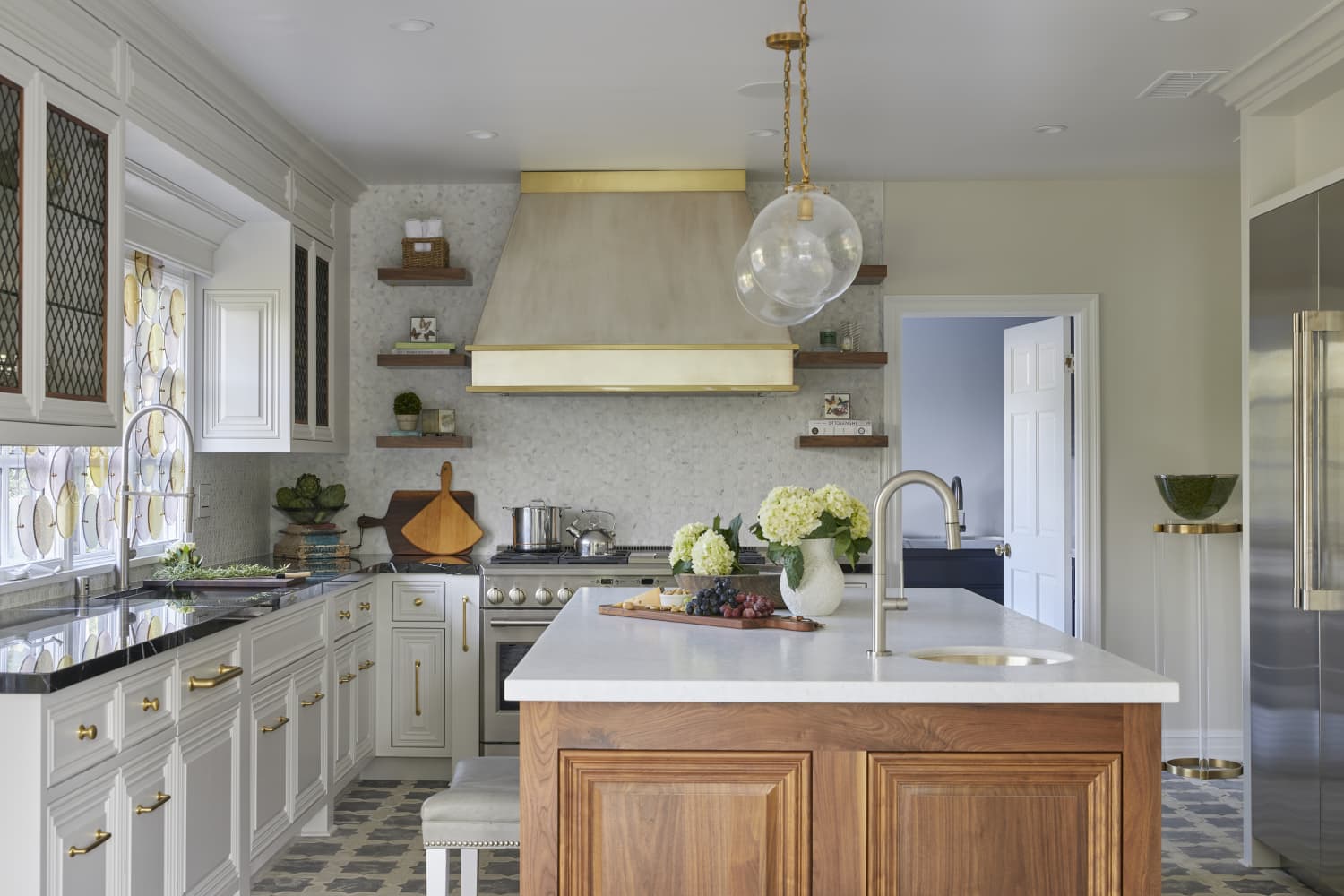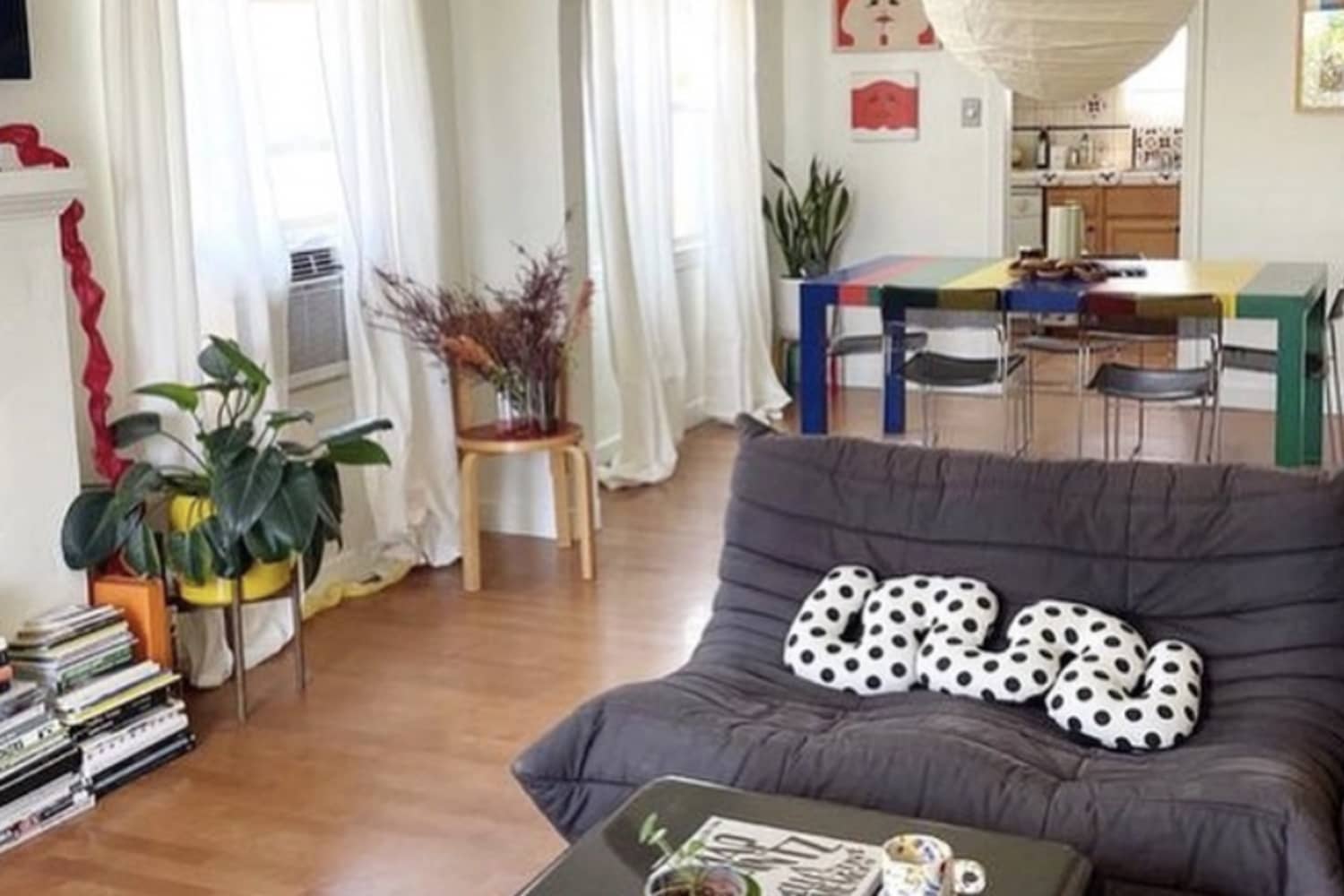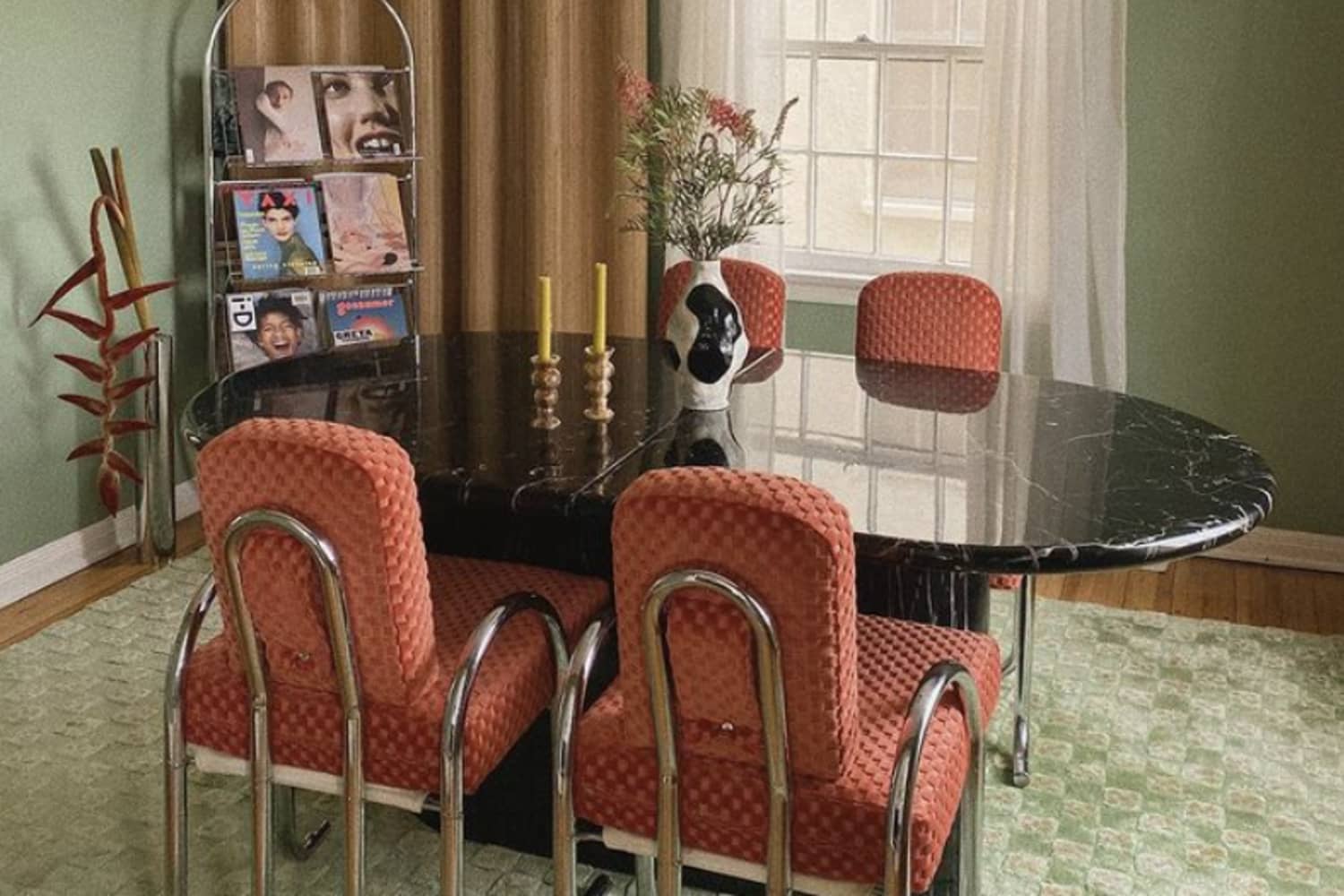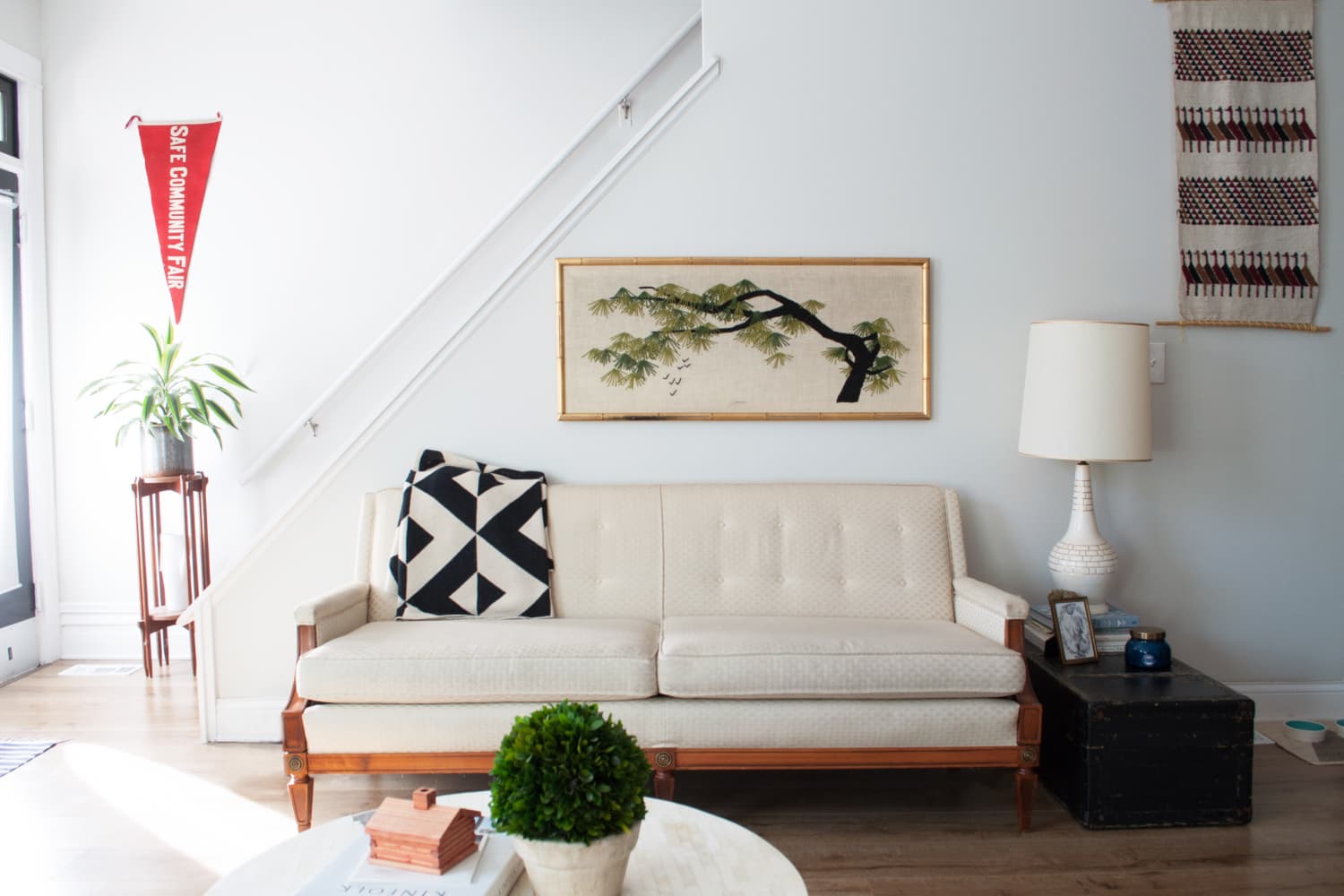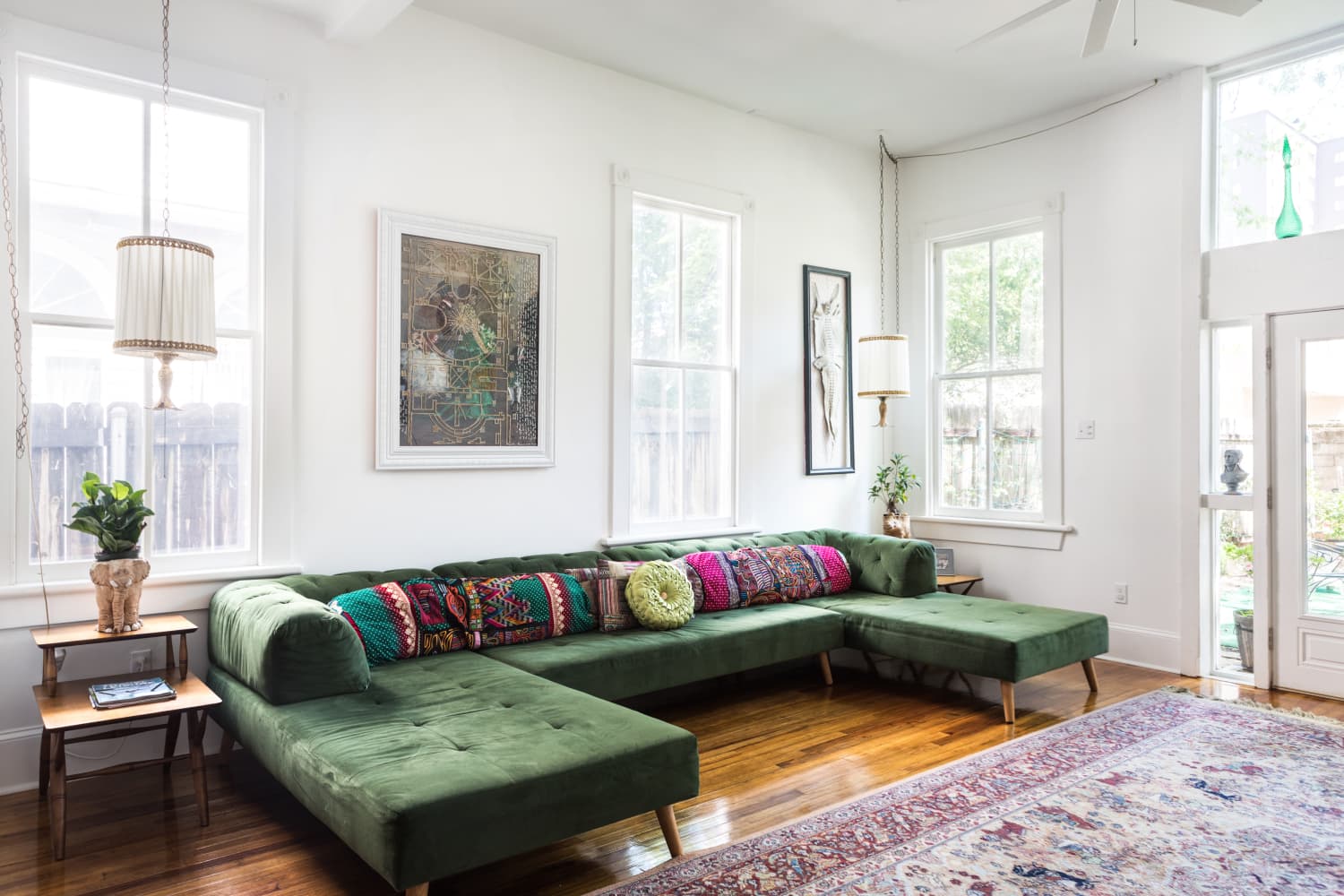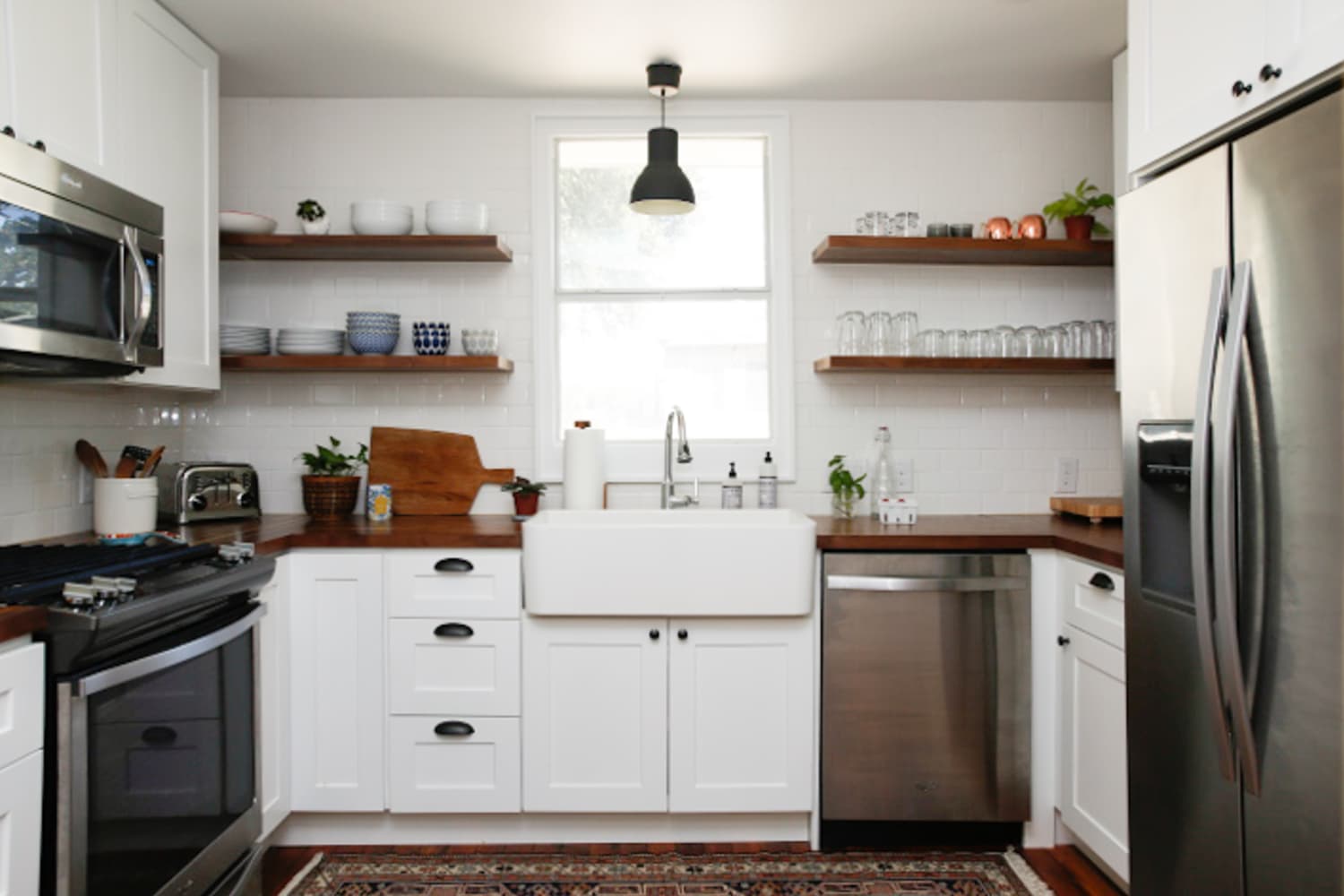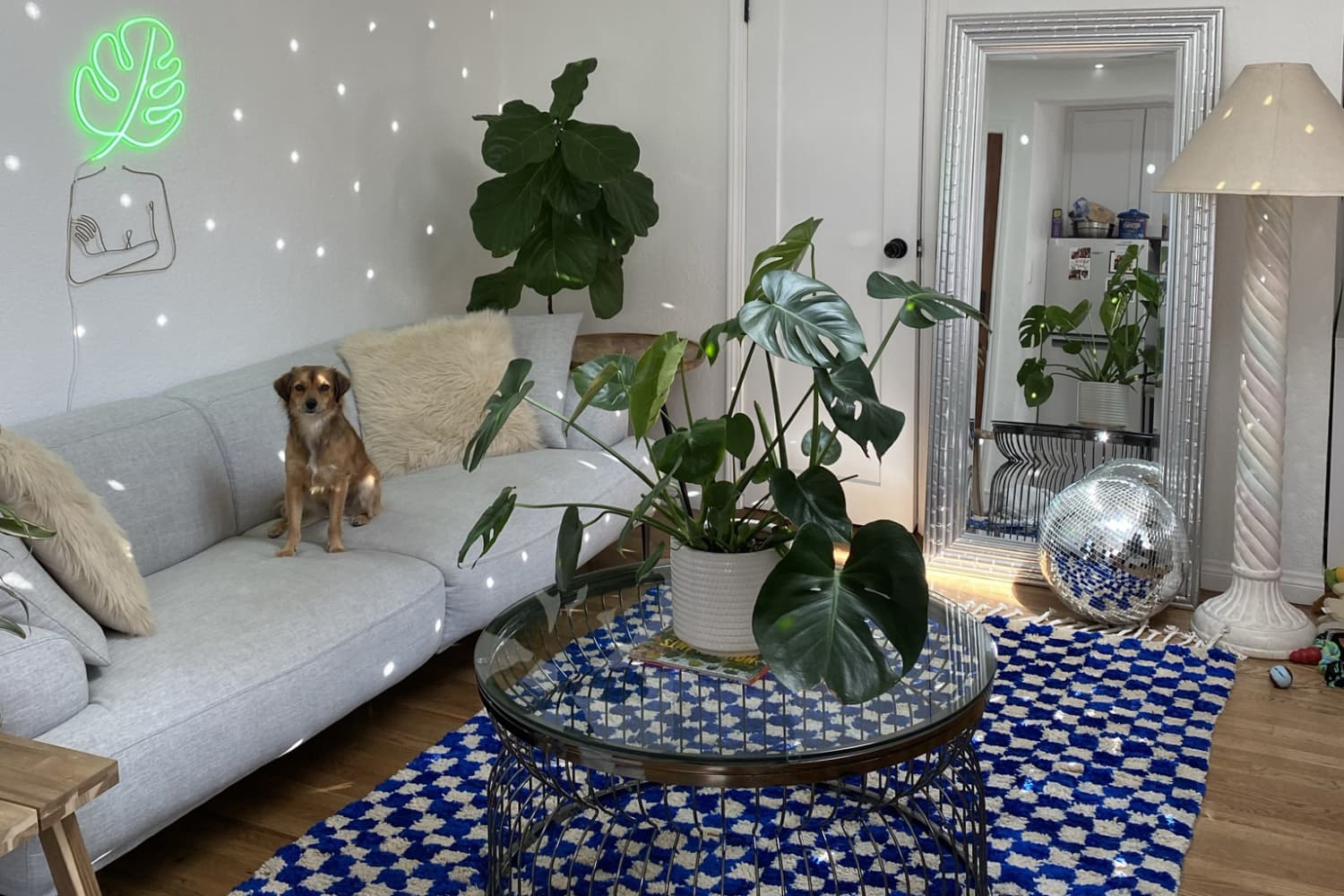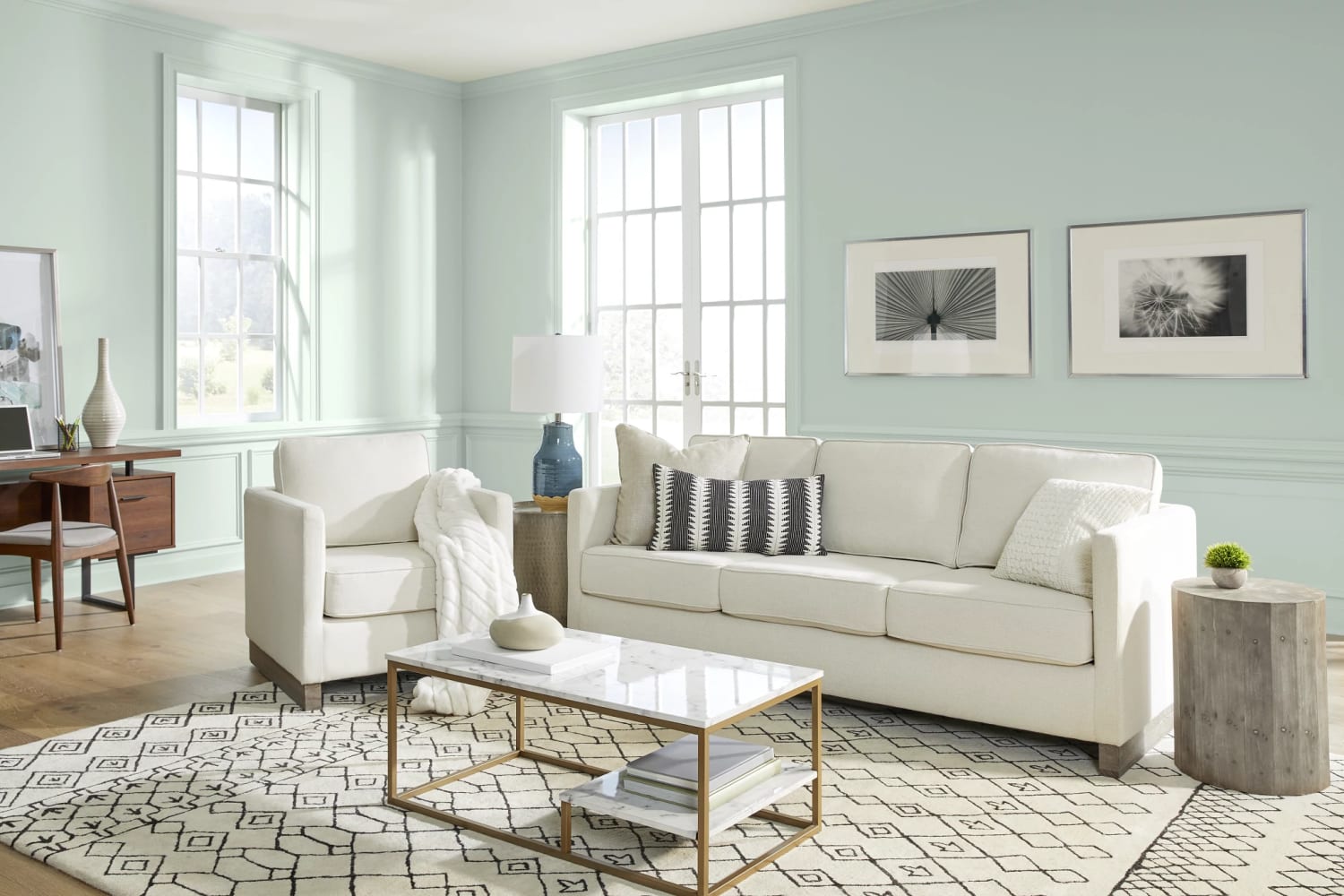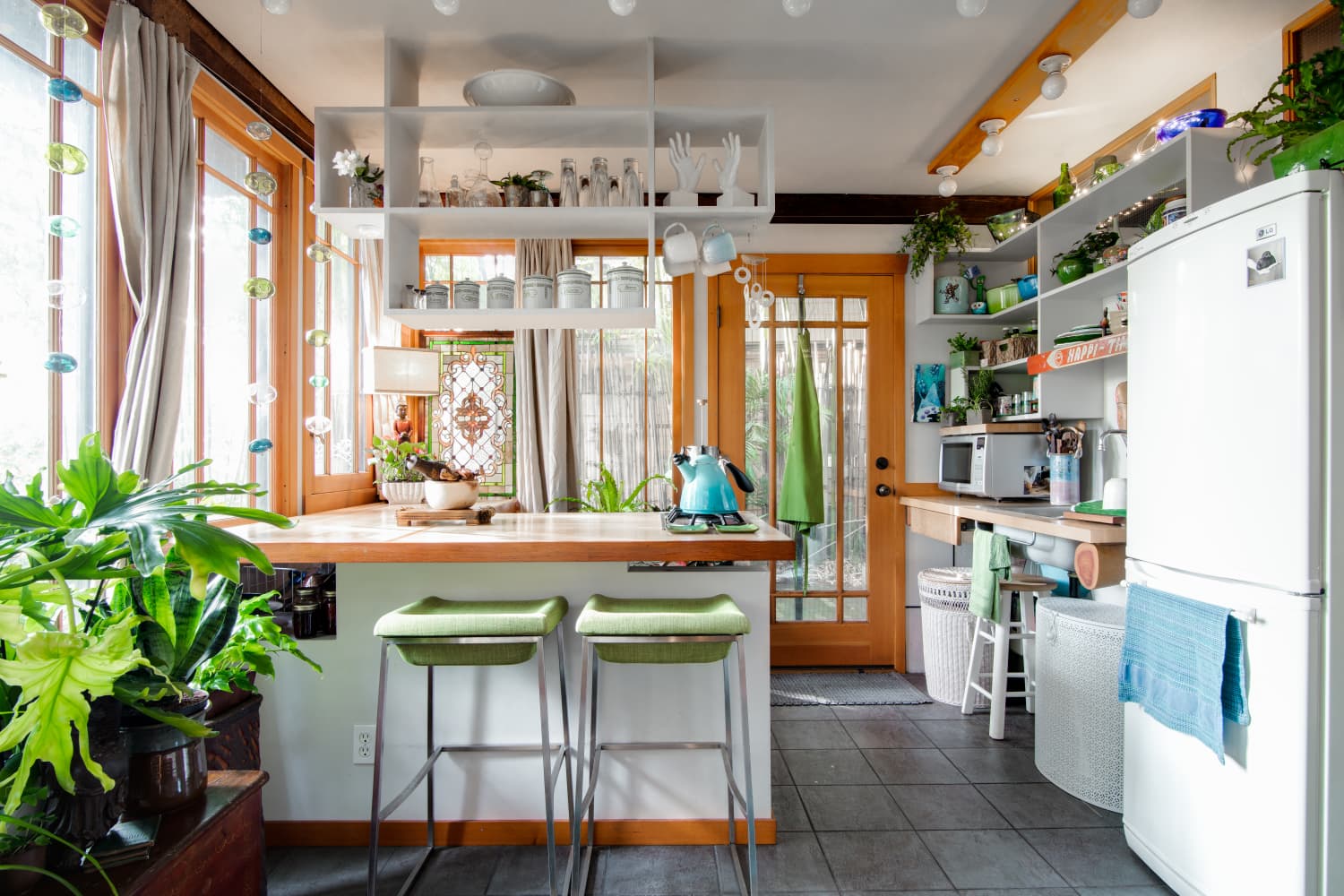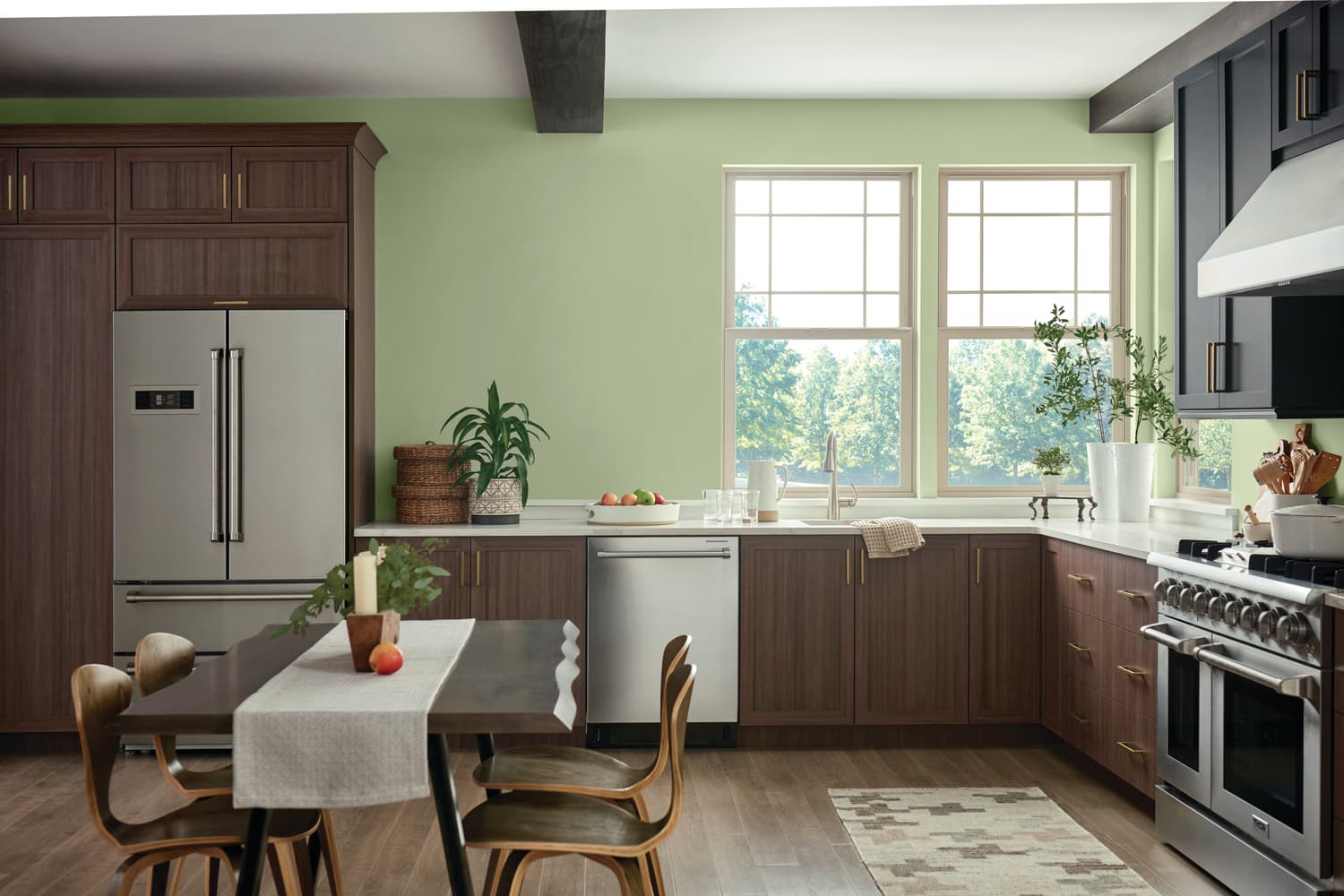These Are the 7 Biggest and Best Design Trends of 2021 So Far
We independently select these products—if you buy from one of our links, we may earn a commission. As the end of the year approaches, it’s only natural to look back and see how far we’ve come. Now that summer’s over, you can reflect on your progress on your yearly goals — or you can think back … Read more

